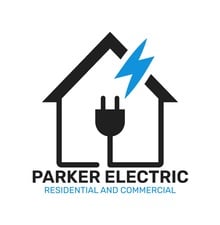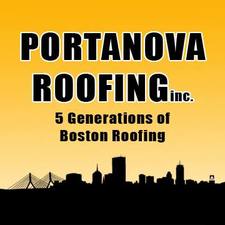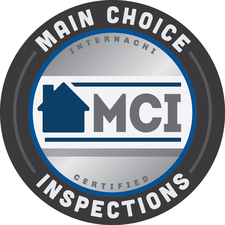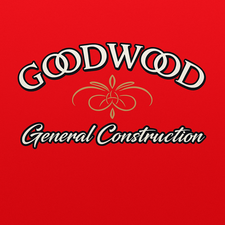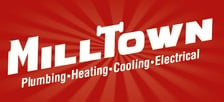
Get matched with top structural engineers in North Anson, ME
Enter your zip and get matched with up to 5 pros
Need a pro for your structural engineering project in North Anson, ME?
Verified Reviews for Structural Engineering pros in North Anson, ME
*The Angi rating for Structural Engineering companies in North Anson, ME is a rating based on verified reviews from our community of homeowners who have used these pros to meet their Structural Engineering needs.
*The HomeAdvisor rating for Structural Engineering companies in North Anson, ME is a rating based on verified reviews from our community of homeowners who have used these pros to meet their Structural Engineering needs.
Last update on December 20, 2025
Find Structural engineers in North Anson
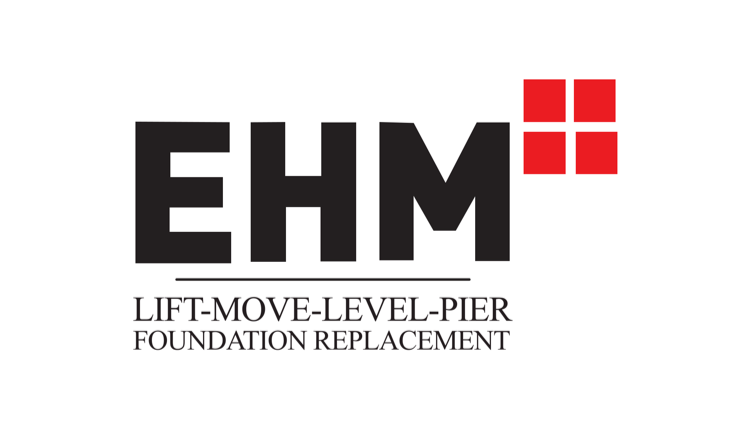
EHM
EHM
EHM is a structural moving and elevating company that also specializes in foundation repair and replacement. We have been working in the Midwest since the Great Floods of 1993. We specialize in severely comprised foundation issues. We can elevate, level, pier or replace a wall or your entire foundation. We do not do mudjacking, waterproofing or minor crack repair.
"I did not get the service that we originally talked about I am very unhappy"
Donna S on August 2021
EHM is a structural moving and elevating company that also specializes in foundation repair and replacement. We have been working in the Midwest since the Great Floods of 1993. We specialize in severely comprised foundation issues. We can elevate, level, pier or replace a wall or your entire foundation. We do not do mudjacking, waterproofing or minor crack repair.
"I did not get the service that we originally talked about I am very unhappy"
Donna S on August 2021
LakeHouse Design Build
LakeHouse Design Build
Design Build Contractors for Lakefront and Oceanfront Properties
Design Build Contractors for Lakefront and Oceanfront Properties
The North Anson, ME homeowners’ guide to structural engineering services
From average costs to expert advice, get all the answers you need to get your job done.
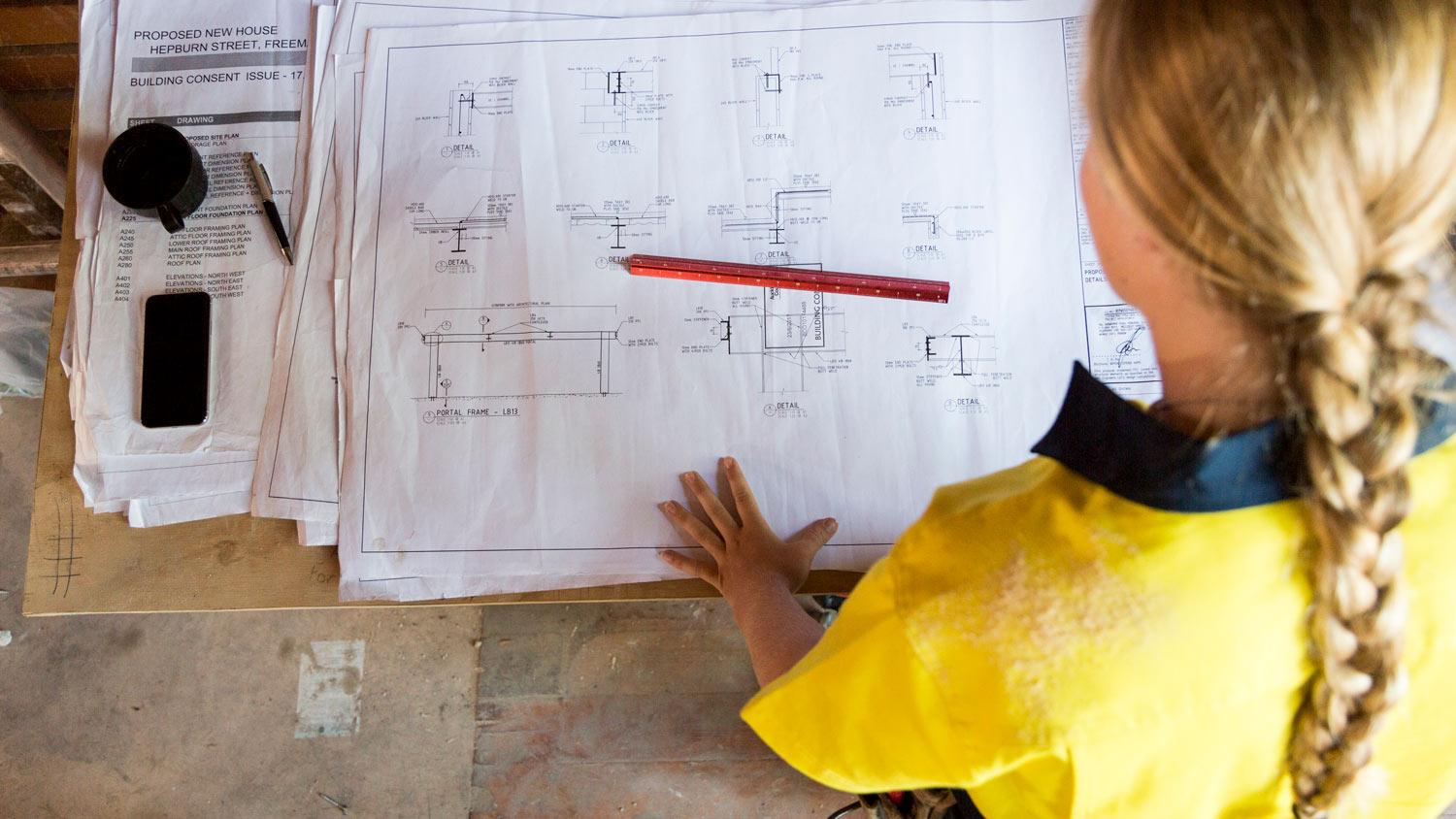
The cost of a structural engineer is easily justifiable given the value they bring to the table. Use this guide to see what hiring your professional will total in Portland, OR.

The cost of a structural engineer is easily justifiable given the value they bring to the table. Use this guide to see what hiring your professional will total in Philadelphia, PA.

The cost of a structural engineer is easily justifiable given the value they bring to the table. Use this guide to see what hiring your professional will total in Austin, TX.

Removing columns can open up a space, but you’ll need to exercise caution to avoid damaging your home’s structure. Use these steps to find out if your column is load-bearing.

Structural steel and wood beams ensure your house is structurally sound. Learn the difference between steel and wood beams and how to choose the right one.

Before you can start a major remodel, you need to know how to tell if a wall is load-bearing. Learn what a load-bearing wall is and how to identify one.
- Electrical in North Anson
- Handyman Service in North Anson
- Deck Maintenance in North Anson
- Roofing in North Anson
- Cleaning in North Anson
- Plumbing in North Anson
- Kitchen And Bath Remodeling in North Anson
- Garage Builders in North Anson
- Tree Service in North Anson
- Excavating in North Anson
- Mailbox Repair in North Anson
- Windows in North Anson
- Awnings in North Anson
- Driveways in North Anson
- Fencing in North Anson
- Home And Garage Organization in North Anson
- Landscaping in North Anson
- Masonry in North Anson
- Painting in North Anson
- Siding in North Anson
- Small Appliance Repair in North Anson
- Roofing in North Anson
- Plumbing in North Anson
- Electrical in North Anson
- Tree Service in North Anson
- Kitchen And Bath Remodeling in North Anson
- Driveways in North Anson
- Septic Tank in North Anson
- Cleaning in North Anson
- Siding in North Anson
- 🌱 "Mow a small front yard"
- 🛠 "Fix a leaking pipe under the sink"
- 🏠 "Repair shingles on an asphalt roof"

